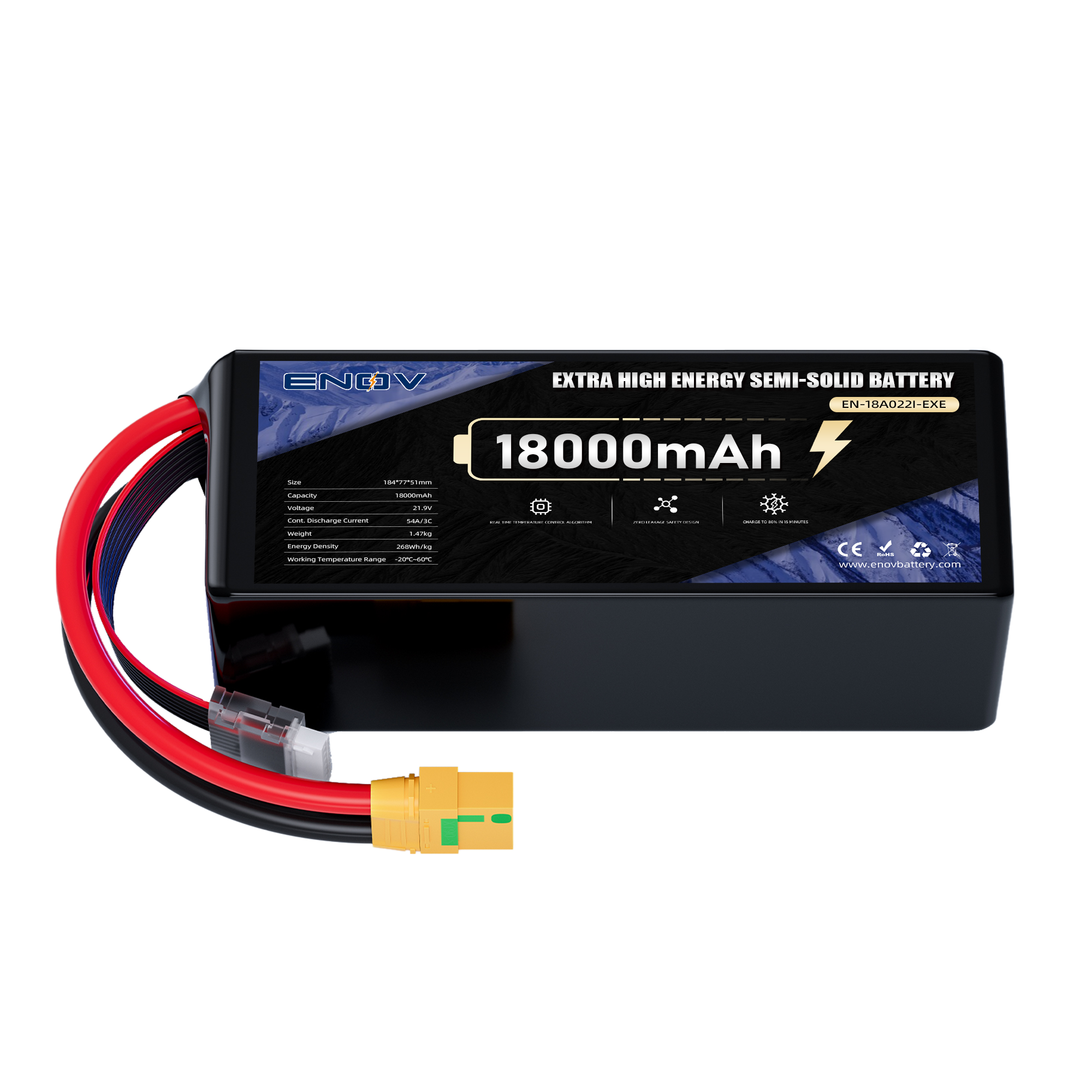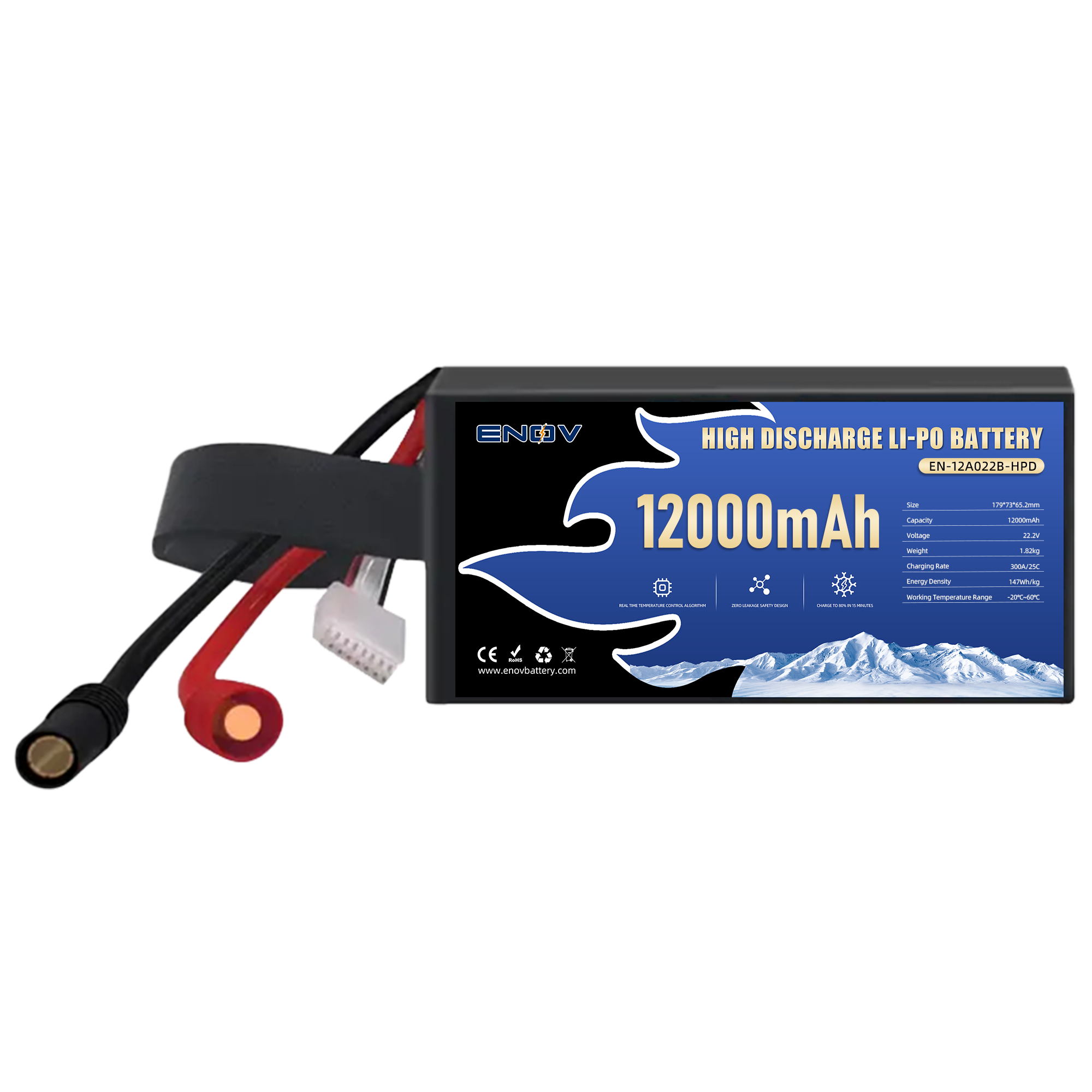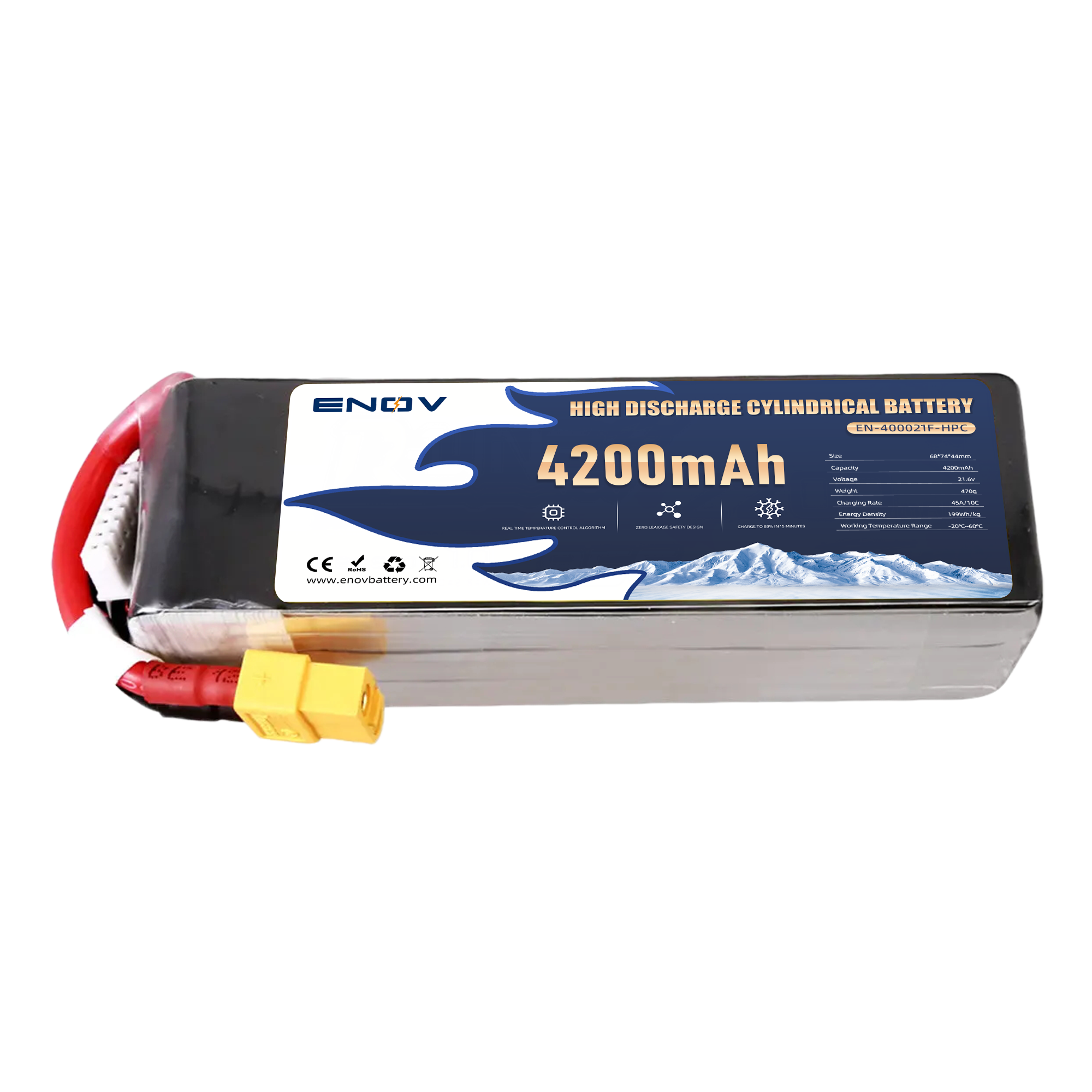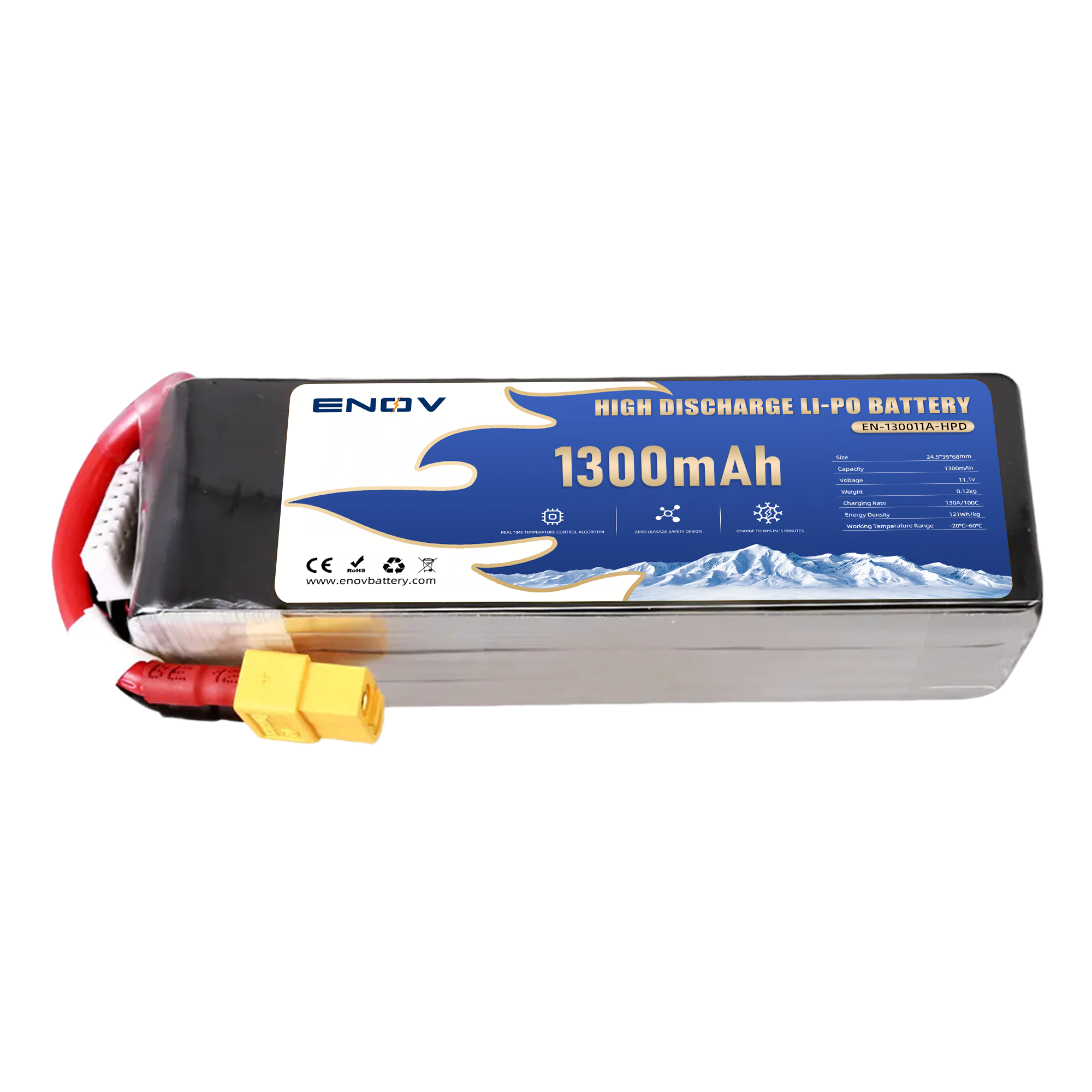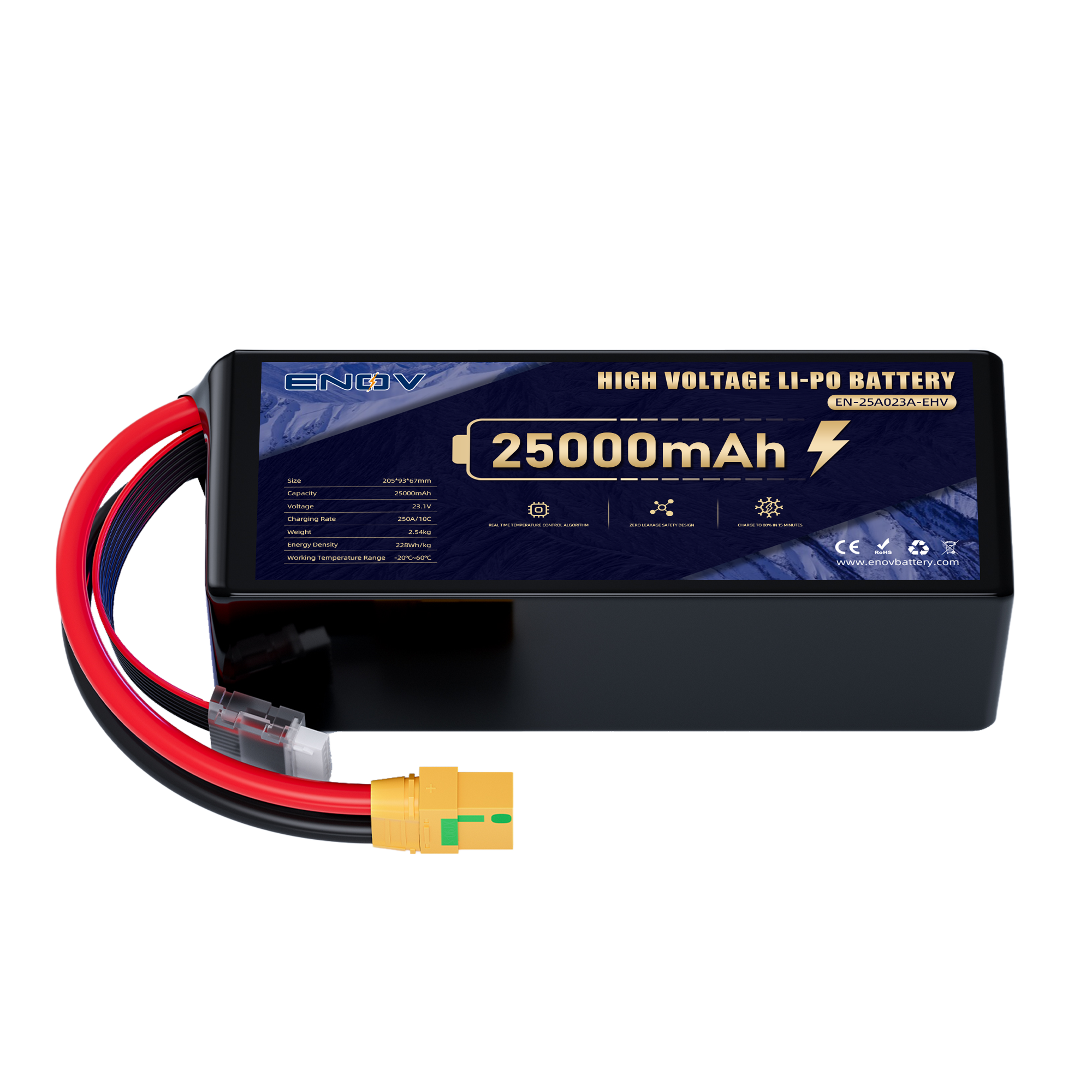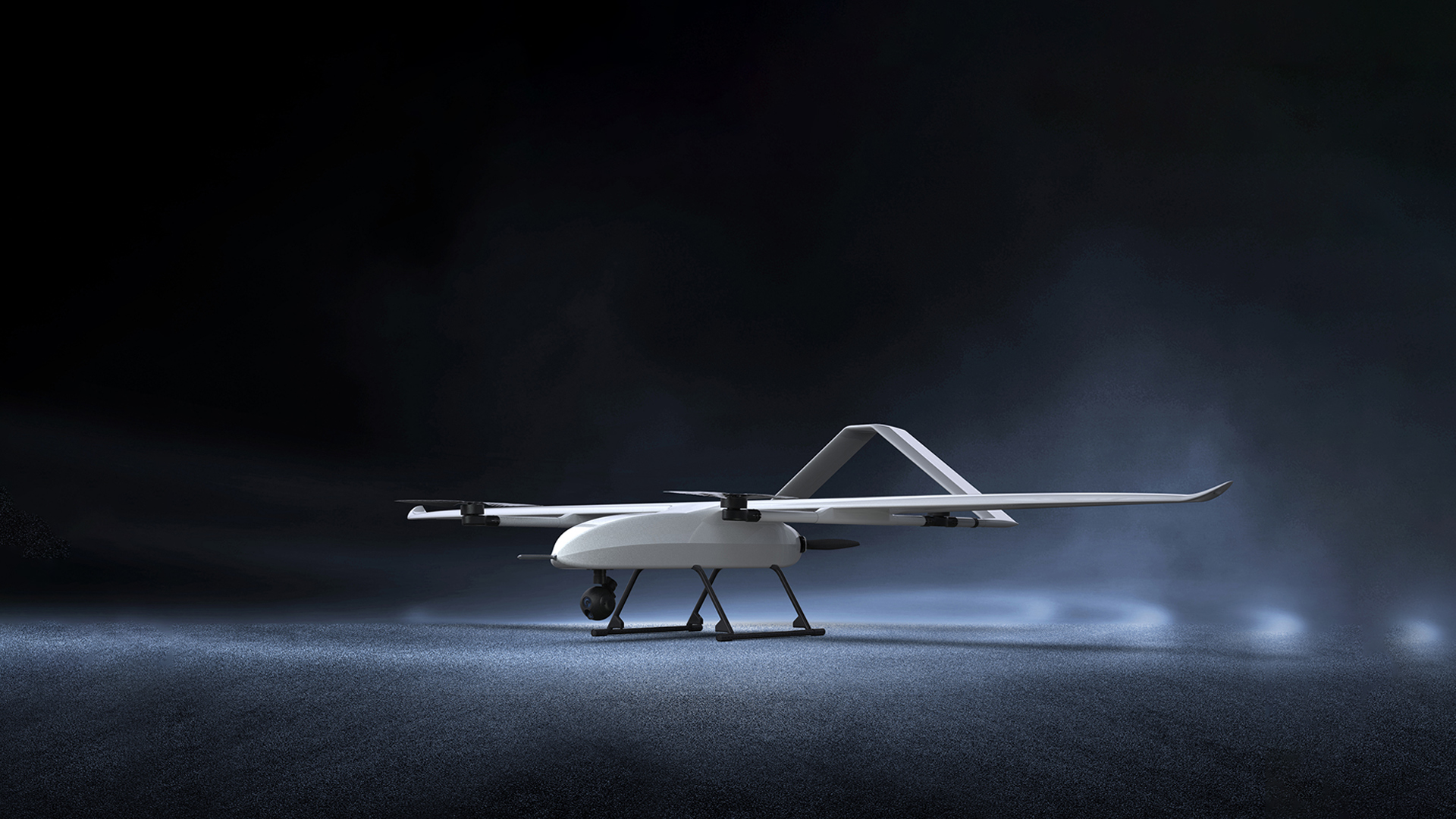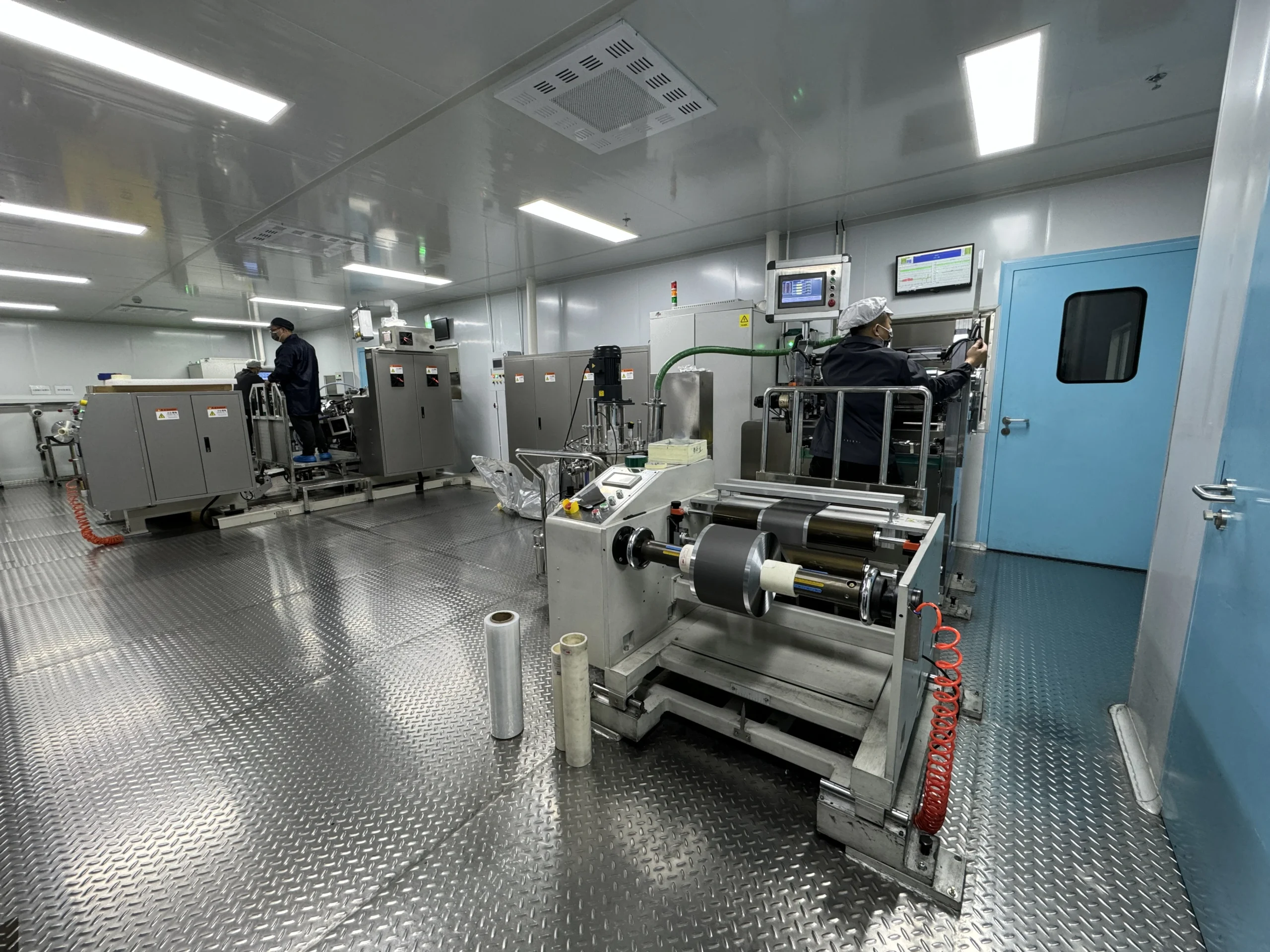Slurry Mixing for Electrode Preparation:
Achieving Precision in Homogeneity
Slurry Mixing for Electrode Preparation: Achieving Precision in Homogeneity
Slurry mixing for electrode preparation is the backbone of high-performance lithium-ion batteries, where uniformity directly dictates energy efficiency and longevity. Achieving precision in homogeneity ensures optimal particle dispersion, minimizes defects, and maximizes electrochemical reactivity. This article delves into the science of slurry mixing, its challenges, and advanced strategies to master this critical process.
thrust
Core Principles of Effective Slurry Mixing
Three factors govern successful slurry mixing: material compatibility, equipment selection, and process control. Electrode slurries combine active materials (e.g., lithium cobalt oxide), conductive additives (carbon black), binders (PVDF), and solvents (NMP or water). Each component must interact synergistically—binders ensure cohesion, solvents regulate viscosity, and conductive additives prevent electron bottlenecks. Crucially, mismatched ratios or inadequate dispersion can lead to agglomeration, coating defects, and reduced battery capacity.
Advanced mixers, such as planetary centrifugal or high-shear systems, address these challenges by generating controlled turbulence. For instance, planetary mixers employ 3D motion to break aggregates, while high-shear devices use rotor-stator mechanisms to homogenize nano-scale particles. Selecting the right equipment depends on slurry viscosity, particle size, and production scale.
Strategies for Homogeneous Slurry Production
To eliminate agglomeration and ensure stability, adopt these proven techniques:
1. Shear Rate Optimization: Balance shear forces to disperse particles without damaging delicate structures. High-shear mixers achieve this by adjusting rotor speeds to match material properties.
2. Vacuum Degassing: Remove entrapped air during mixing to prevent bubble-induced coating irregularities.
3. Real-Time Monitoring: Deploy tools like TURBISCAN to track sedimentation or aggregation dynamically, enabling immediate adjustments.
Transitioning from batch to continuous mixing systems further enhances consistency. Twin-screw extruders, for example, enable precise ingredient dosing and reduce batch-to-batch variability. These systems are particularly effective for large-scale production of solid-state or sodium-ion battery slurries.
Industry Applications and Innovations
Leading battery manufacturers prioritize slurry homogeneity to meet diverse demands. Electric vehicles rely on nickel-manganese-cobalt (NMC) cathodes requiring ultra-uniform dispersions to sustain high energy density. Conversely, lithium iron phosphate (LFP) batteries demand robust binders to stabilize larger particle distributions. Emerging technologies like dry electrode processing eliminate solvents entirely, relying on intensive mechanical blending to achieve adhesion—a method popularized by Maxwell Technologies.
Innovations in rheology control also play a pivotal role. Tailoring slurry viscosity ensures even coating thickness (15–23 μm) during tape casting. Additives like carboxymethyl cellulose (CMC) improve thixotropic behavior, maintaining low viscosity under high shear while preventing settling during storage.
Future Directions in Slurry Technology
Next-generation mixing focuses on sustainability and intelligence. Water-based binders are replacing toxic solvents, though compatibility with conductive additives remains a hurdle. AI-driven mixers, equipped with sensors and adaptive algorithms, promise real-time viscosity adjustments and predictive maintenance. Additionally, recyclable slurries using bio-derived polymers aim to reduce environmental impact without compromising performance.
Conclusion
Precision in slurry mixing for electrode preparation is non-negotiable for advancing battery technology. By harmonizing material science, equipment innovation, and process rigor, manufacturers unlock higher energy densities, longer cycle lives, and safer operations. As renewable energy demands escalate, mastering slurry homogeneity will remain central to powering tomorrow’s innovations—from grid storage to electric aviation.
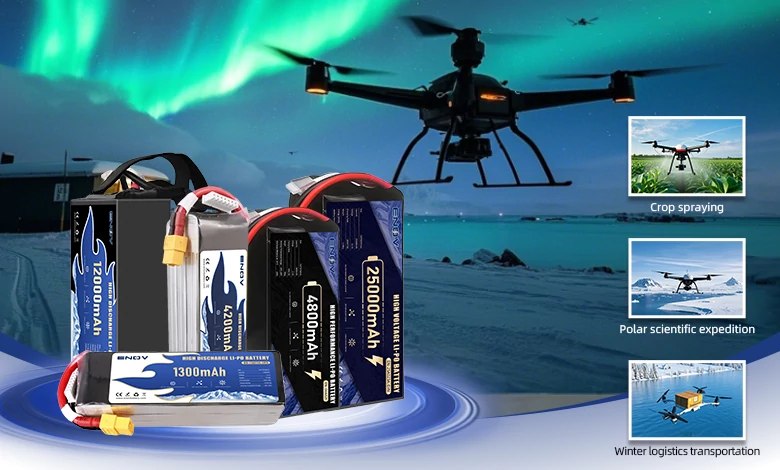
UAV DRONE battery
Enov UAV battery has the most advanced UAV battery new technology, it has a lightweight structural design, ultra-high energy density, stable continuous discharge, customized ultra-high instantaneous discharge, wide temperature working range, stable charge and discharge, battery materials can choose high nickel terpolymer positive/silicon carbon negative material system combined with semi-solid battery technology. Or choose a more mature application of more UAV lithium battery technology, available UAV battery nominal voltage 3.7V, capacity 18.0Ah ~ 30.0Ah, support 10C continuous discharge and 120C pulse discharge (3 seconds). With ultra-high energy density (220-300Wh/kg) as its core advantage, Enov UAV batteries can meet the needs of long-term endurance scenarios such as plant protection drones and transport drones, while maintaining stable emission performance in extremely low temperature environments (-40℃).
Other products
START-STOP LITHIUM BATTERY
LITHIUM ENERGY STORAGE BATTERY
QUICK INQUIRY
FAQ
Access to high frequency technical questions with one click, get accurate answers on product application, after-sales policy and customization process.
Service and Support
Get the latest product specifications, explore professional OEM/ODM customization services, click to open exclusive technical support and production solutions.
Become a Partner
We sincerely invite resources to interconnect, work together for win-win development, and immediately open a new chapter of strategic cooperation!
